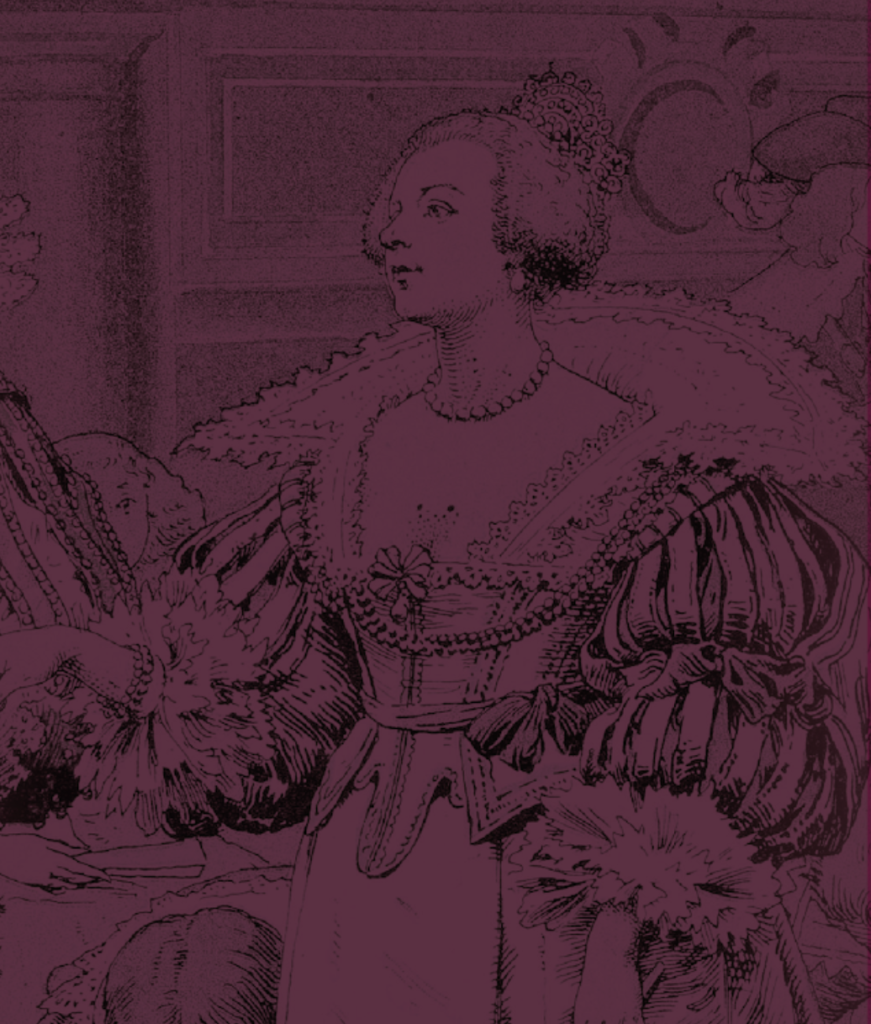The plot of The Three Musketeers revolves around a love triangle that may have been more fact than fiction: King Louis XIII, his wife Anne of Austria and the Duke of Buckingham—all under the watchful eye of Cardinal Richelieu. Though officially a guardian of the King’s honour and state affairs, Richelieu may also have harboured personal feelings for the Queen, pursuing the affair with both jealousy and political precision.
The affair began in May 1625 when Buckingham arrived in France to escort Henrietta Maria, newly married to England’s King Charles I. His flamboyant charm and lavish style dazzled the French court and captivated Queen Anne. Their chemistry quickly became the subject of court gossip, and both Louis XIII and Richelieu were impatient for Buckingham’s departure. Despite the efforts of Marie de’ Medici to avoid scandal, Anne and Buckingham managed to meet in secret in the gardens of the archbishop’s palace in Amiens. The duke’s advances became so insistent that the Queen had to call her ladies-in-waiting for help.
This scandal outraged the King. According to the Duke of La Rochefoucauld, Anne later gifted Buckingham the diamond studs she had worn at their first meeting. The Countess of Lanoy, one of the Queen’s ladies-in-waiting, allegedly reported the incident to Richelieu, who saw it as proof of the Queen’s indiscretion.
This episode directly inspired Dumas, who made the diamond studs a central plot device in his novel, weaving together espionage, passion and political intrigue in true swashbuckling style.
Dumas' world
The diamond studs, so iconic in The Three Musketeers, often challenge stage and screen designers trying to represent them visually. Dumas, ever attentive to historical detail, describes them precisely: Buckingham wore them on his left shoulder to fasten his baldric.
In the novel, Dumas pauses the action to describe in detail a ballet performed for King Louis XIII by the aldermen of Paris. Queen Anne dances while wearing the fateful studs, symbolizing her triumph thanks to d’Artagnan’s success in outwitting Richelieu’s schemes.





 dernier accès à la billetterie 1 heure avant la fermeture (afin de vous laisser un temps de visite confortable).
dernier accès à la billetterie 1 heure avant la fermeture (afin de vous laisser un temps de visite confortable).